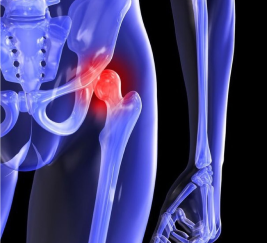Kinesio Taping Techniques
Kinesio taping assists in increasing the fluid flow through an injured area, better control over muscle contractions, reduce pain, and ultimately encourage faster healing.
At North Melbourne Osteopathy we use Rock and Gripit Keniso tape – this tape allows the wearer to move through their full range of movement and can either strongly assist, resist, facilitate, inhibit or offload tissue through its movement.
Kinesio tape can act in such a way to mimic the action of an injured muscle or tendon, resulting in decreased workload and improved biomechanical efficiency of the muscle and tendon unit, as well as improving the unit’s tolerance to fatigue. Reducing this workload and increasing fatigue resistance can result in less pain, better healing, improved endurance, and overall performance.


Kinesio Taping
Osteopaths have a vast array of different taping methods, depending on the anatomical location and reasoning behind the need for taping. An Osteopath will use different taping techniques and strategies as well as different tapes to achieve the desired result. The exact application of any tape or taping technique will vary depending on the clinical reasoning process, which is why appropriate assessment is necessary prior to any taping procedure.
Other Taping Techniques
Sometimes the aim of applying tape will be to limit unwanted movement at a joint, or offloading specific anatomical structures where a weakness has been identified. Taping techniques and tapes used to limit unwanted motion at a joint will be vastly different from any Kinesio taping, which has different clinical reasoning and thought processes behind their use.
Knowing what tape and taping technique to use and in which situation is crucial to the effectiveness of any treatment. Our Osteopaths are trained to assess, select and apply the appropriate method of taping, whatever the musculoskeletal condition.





